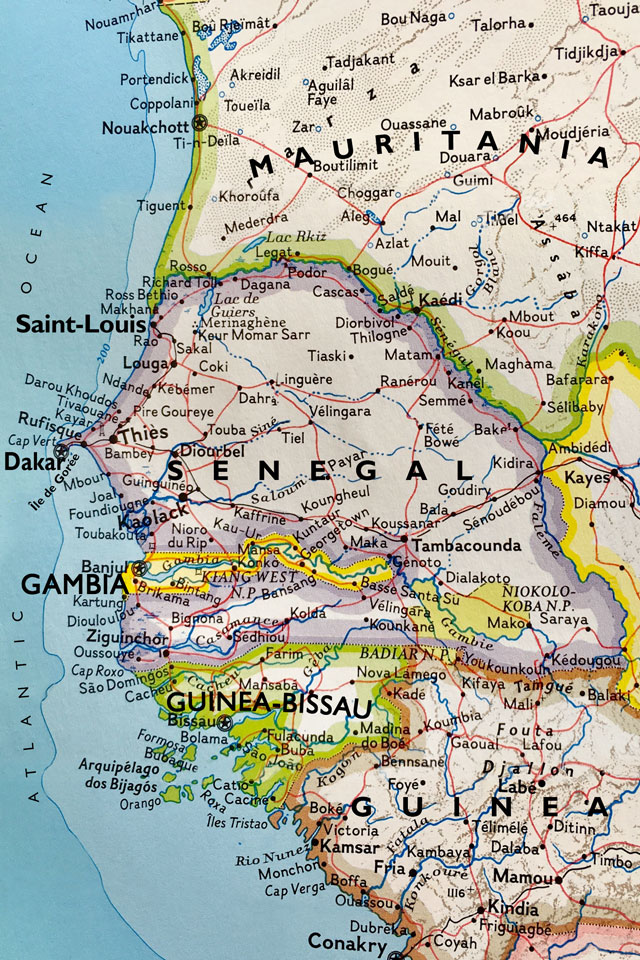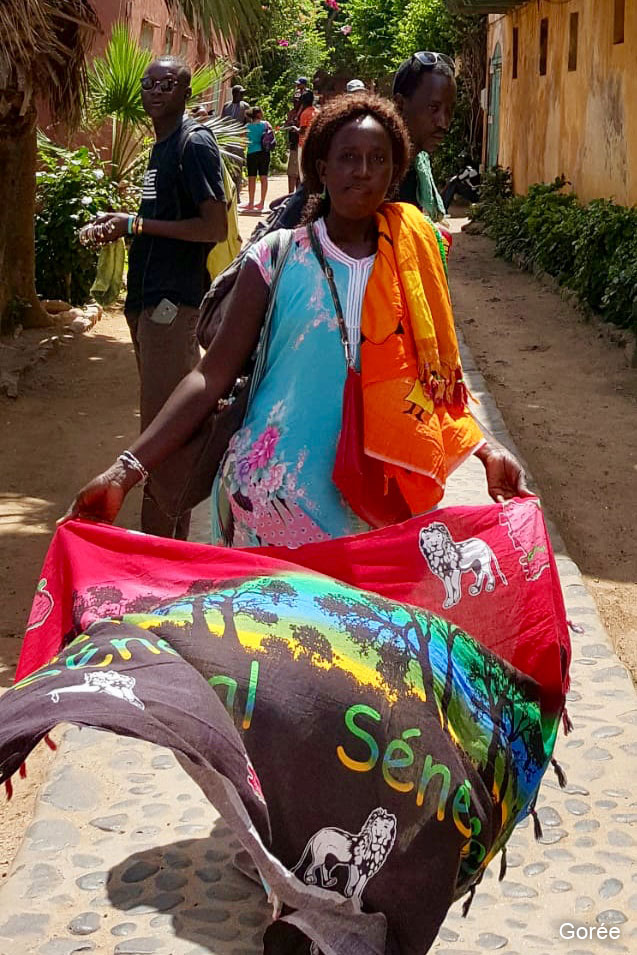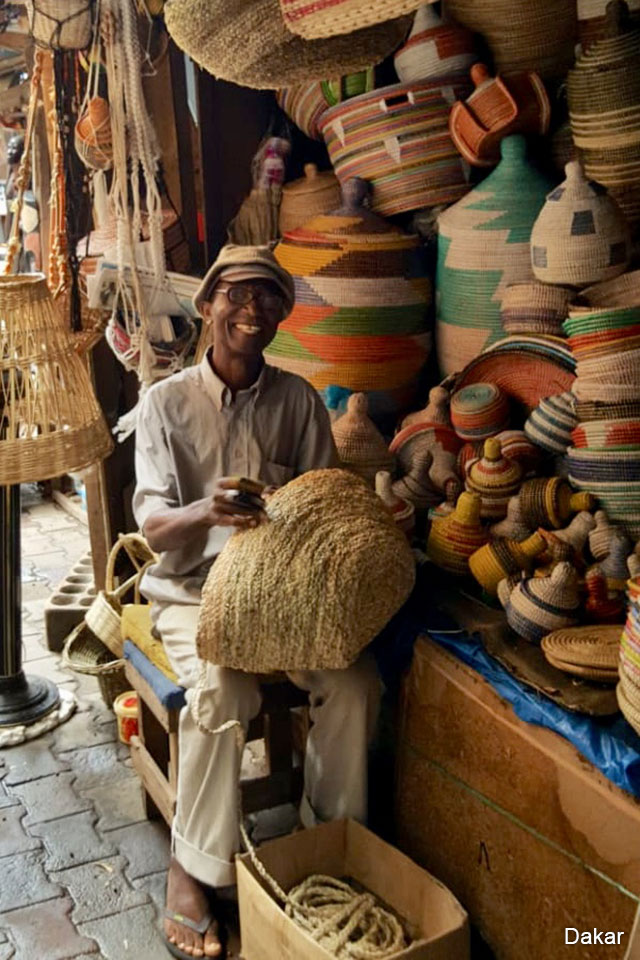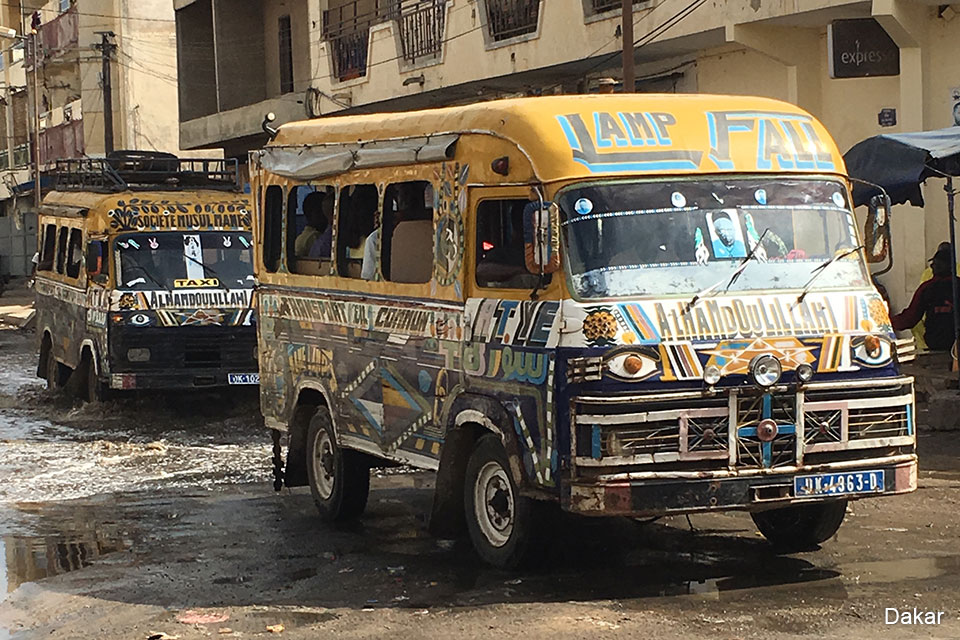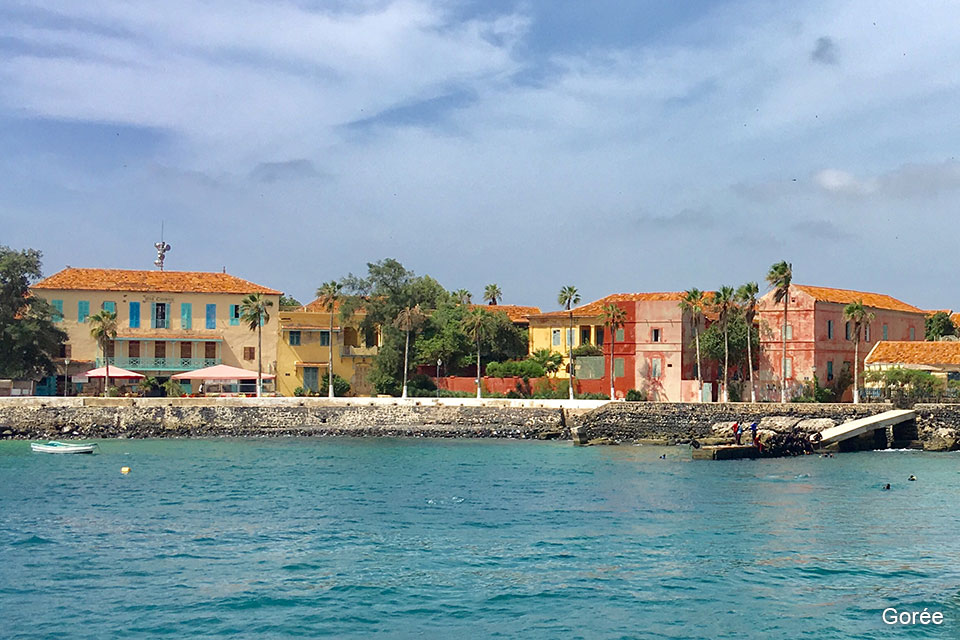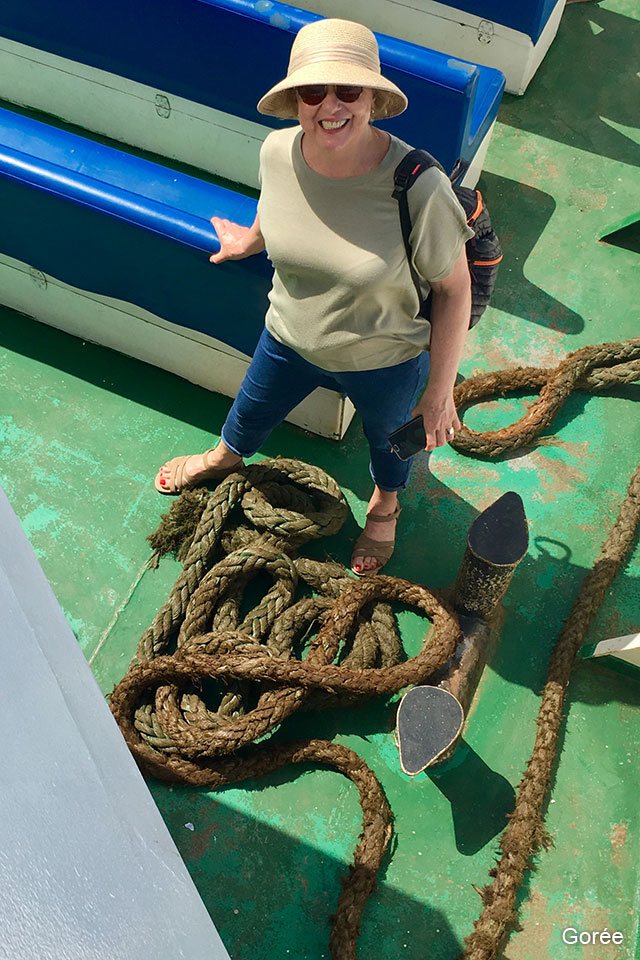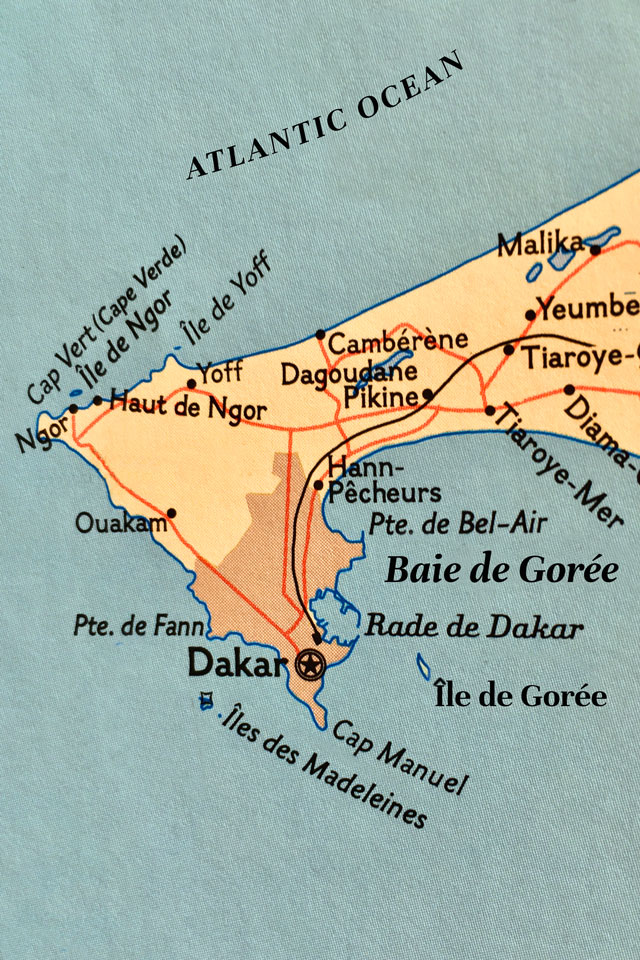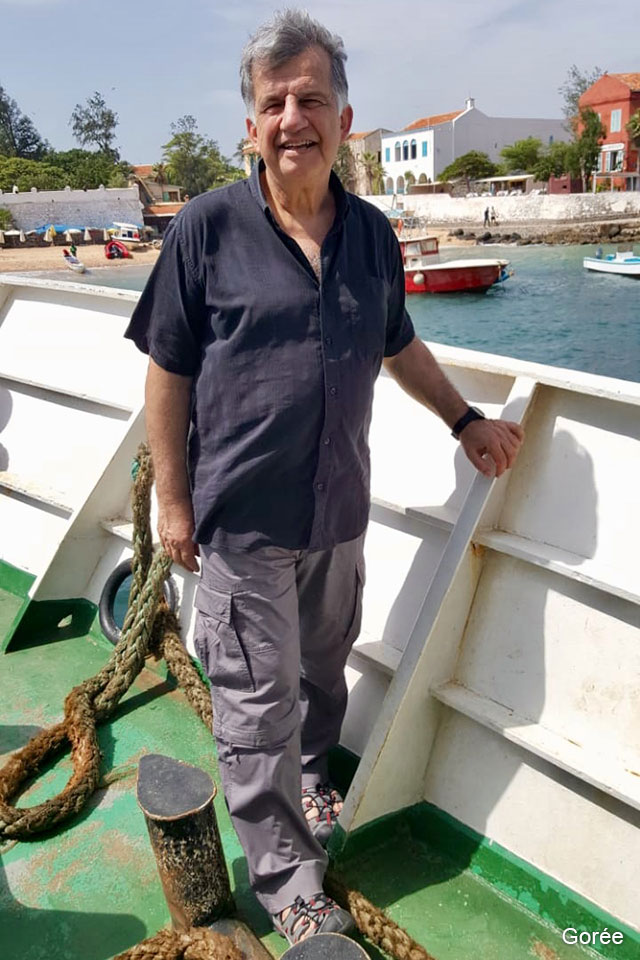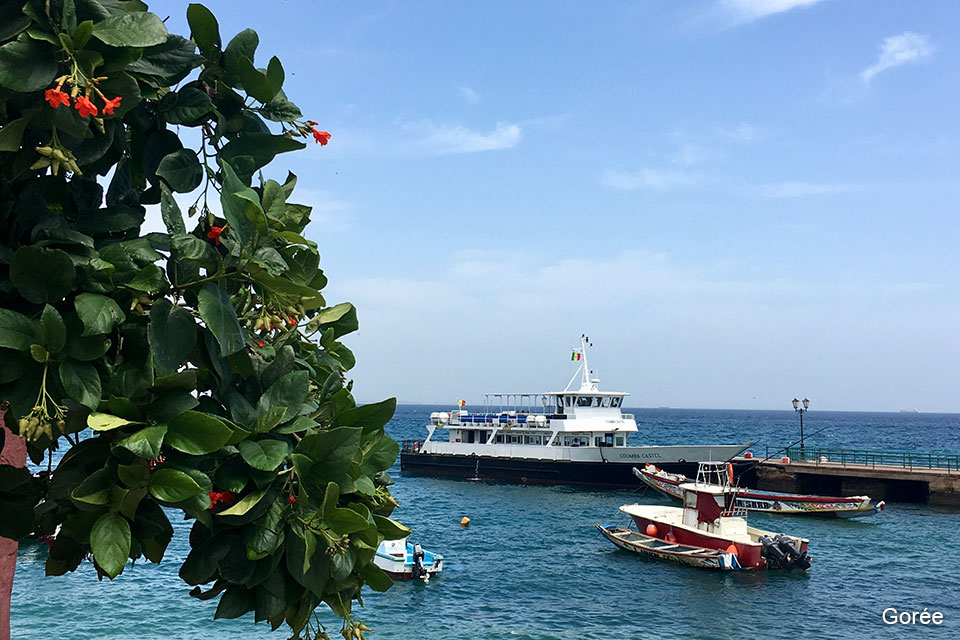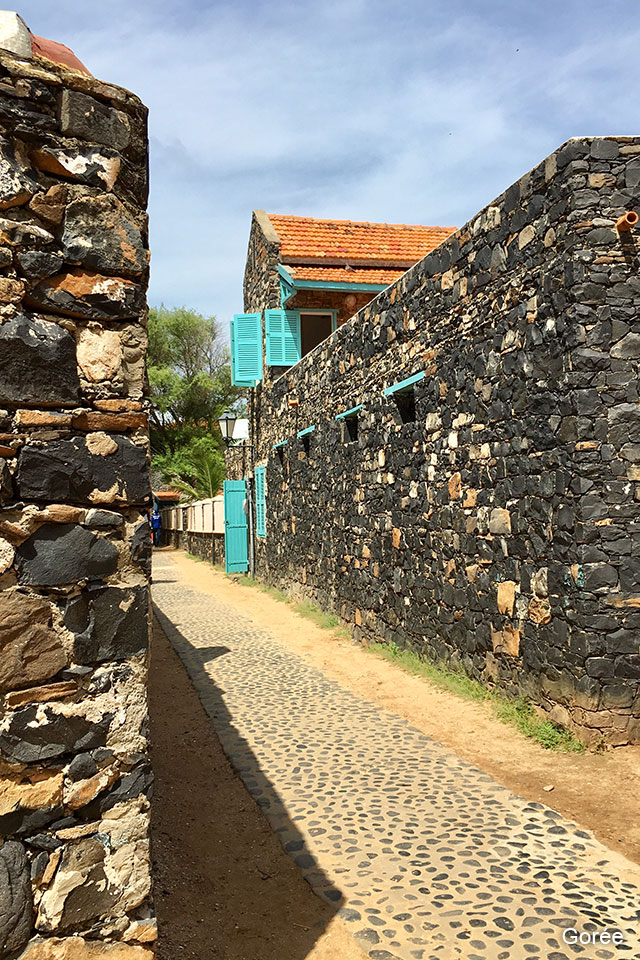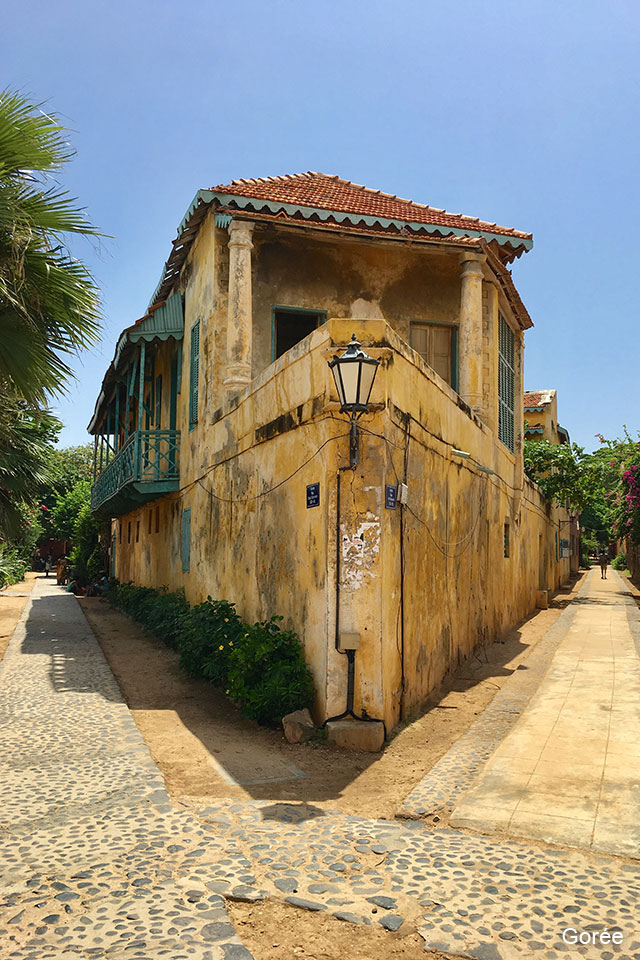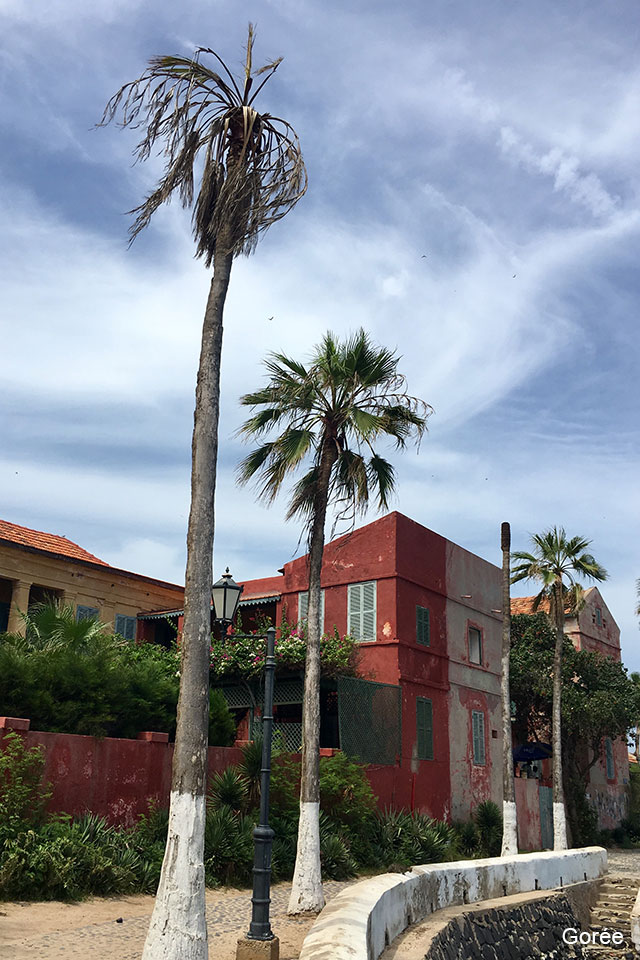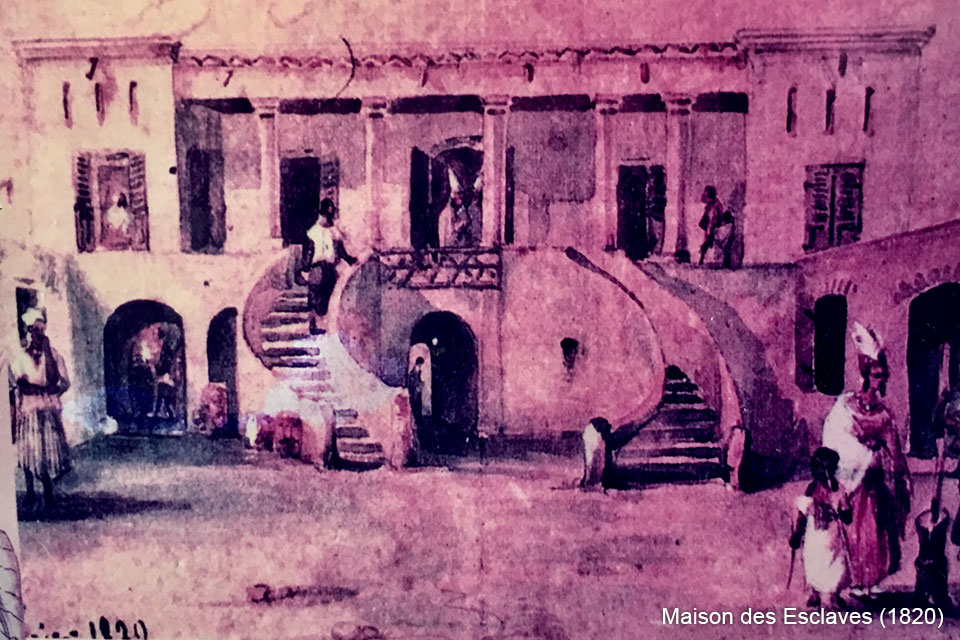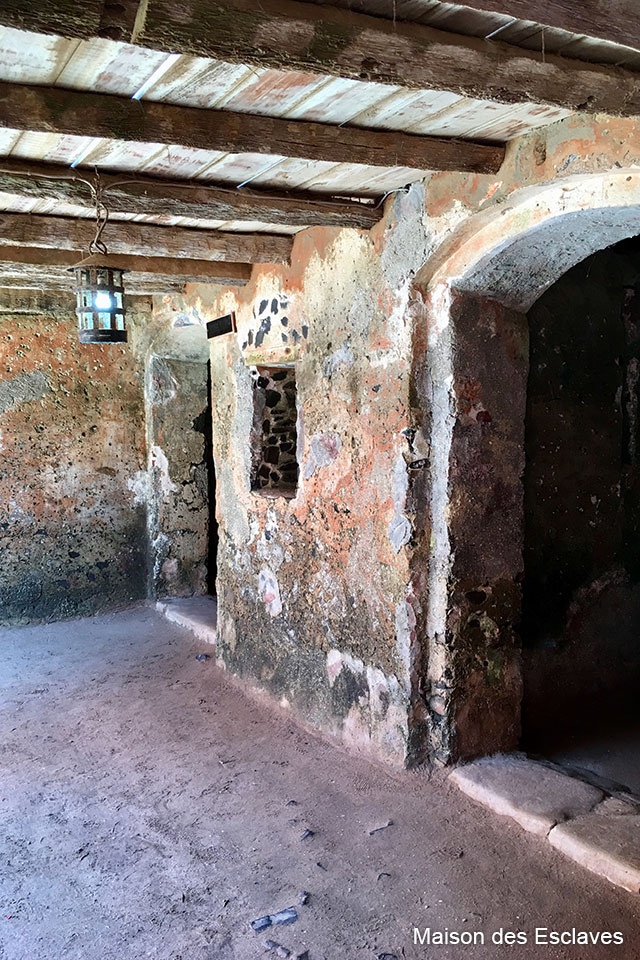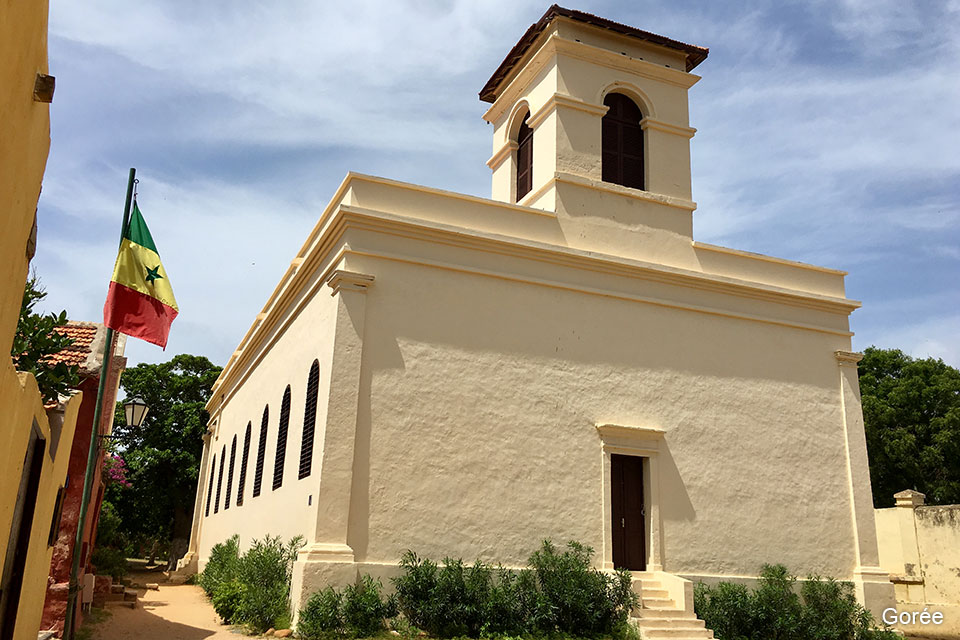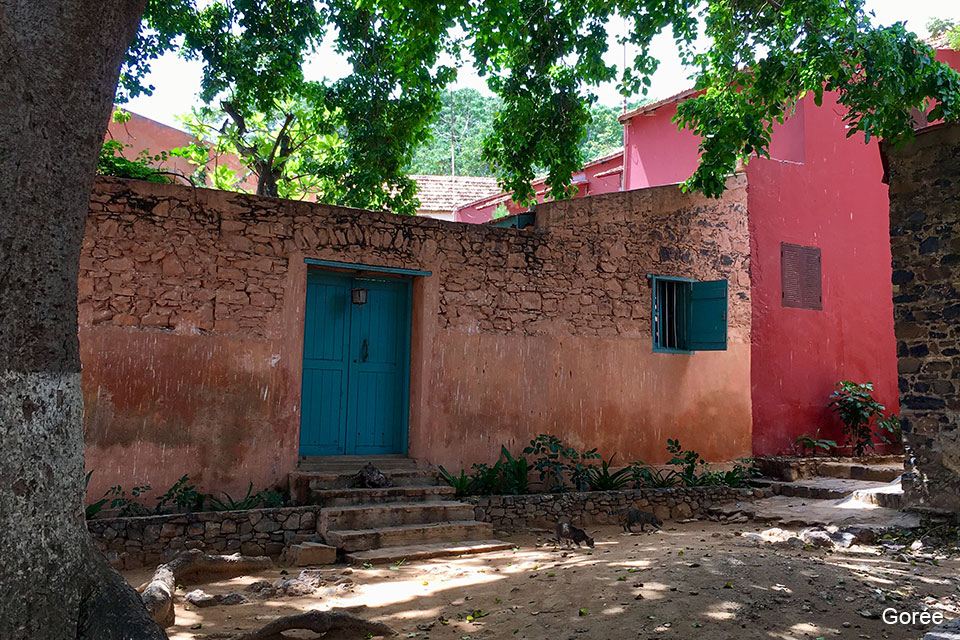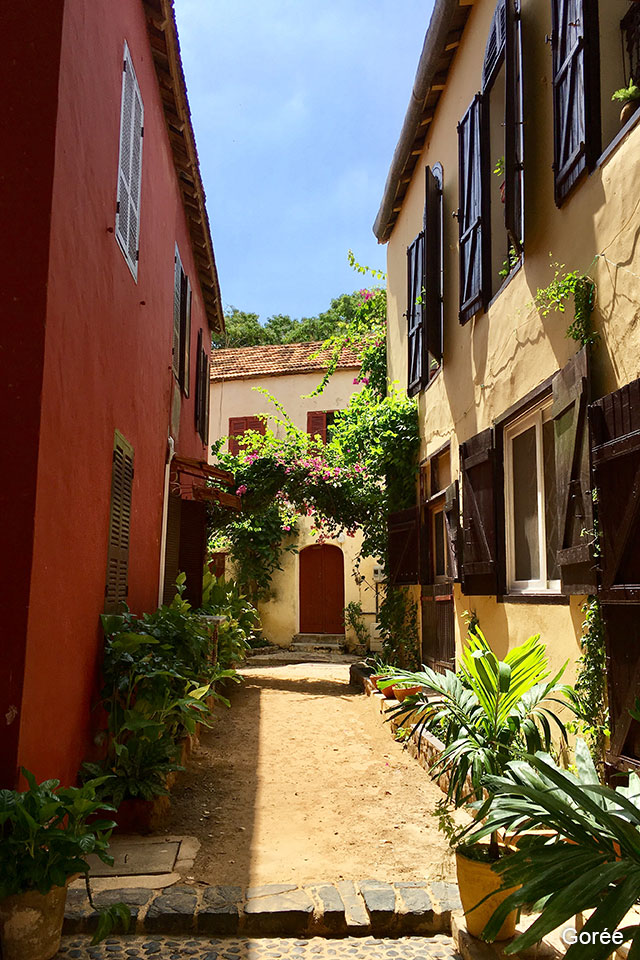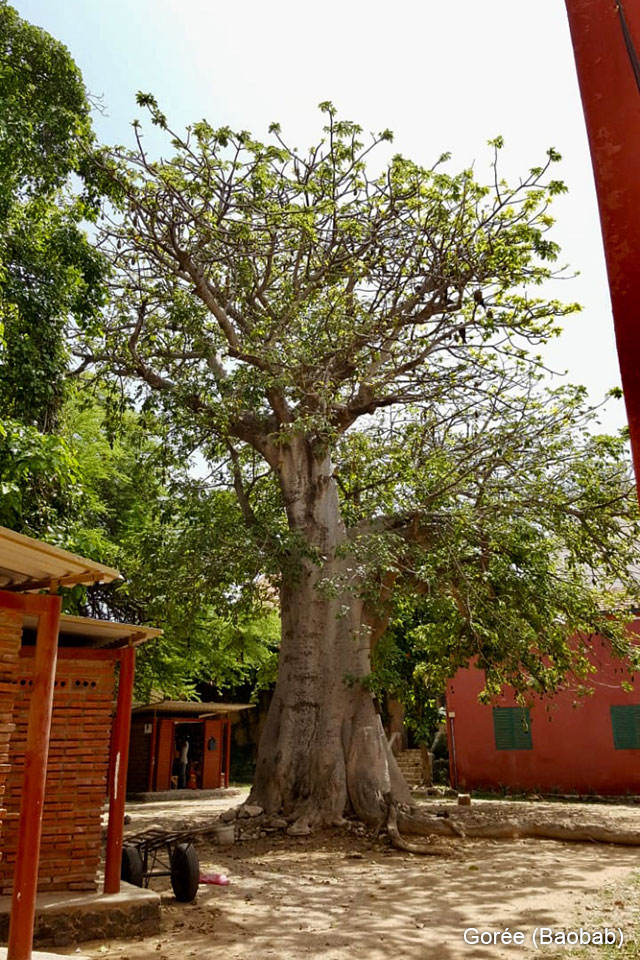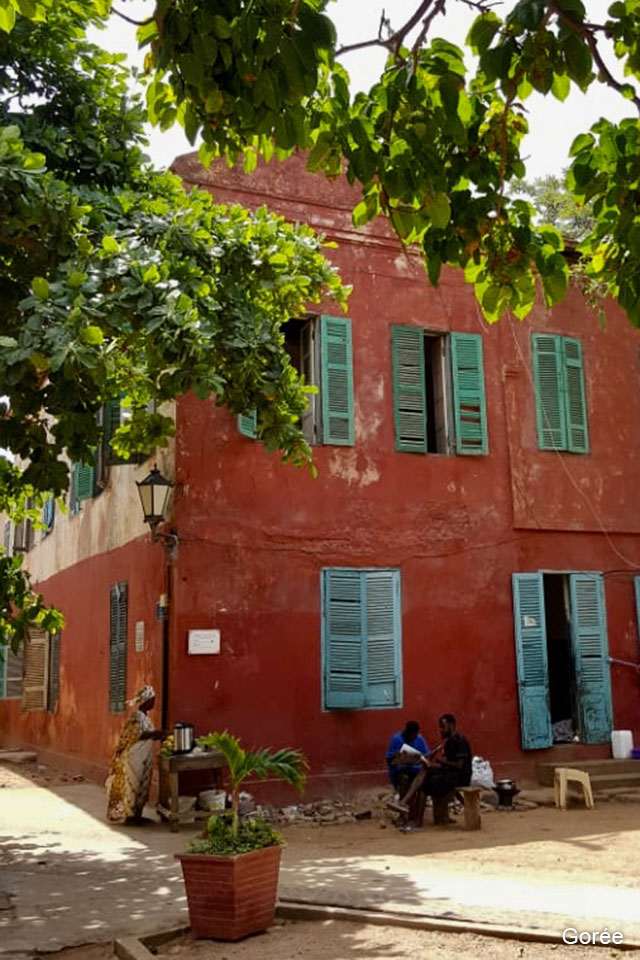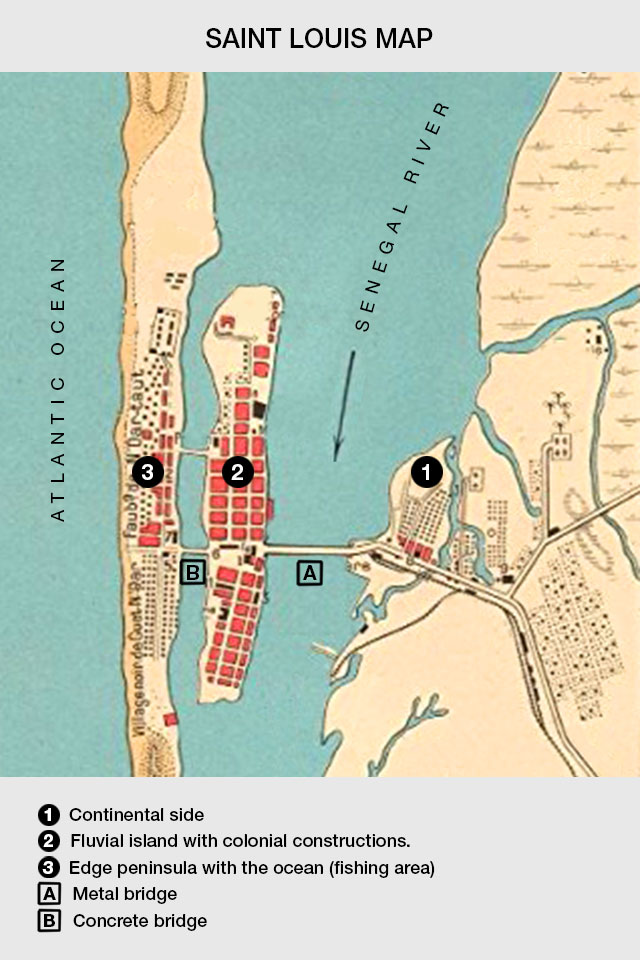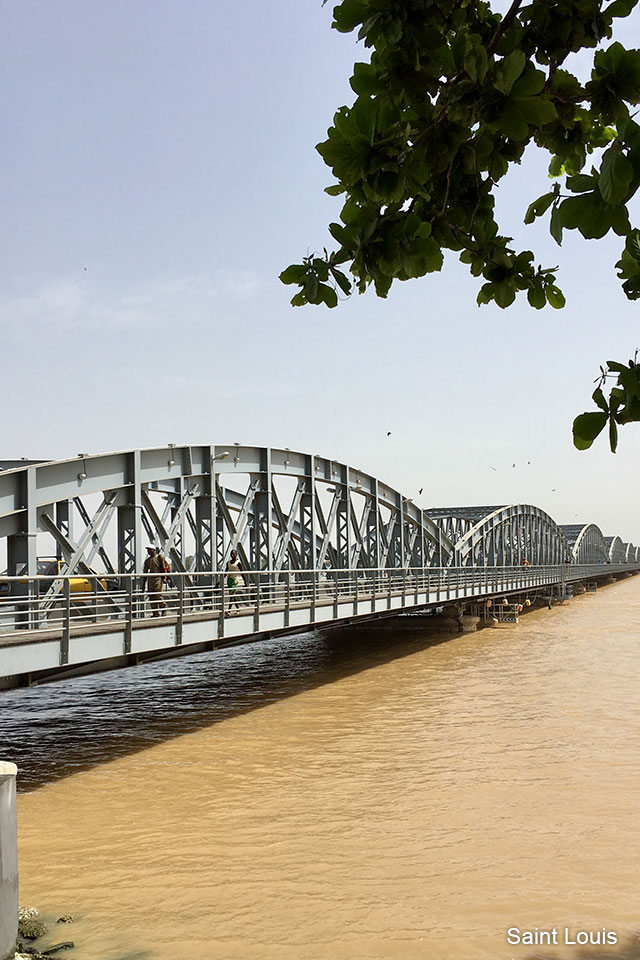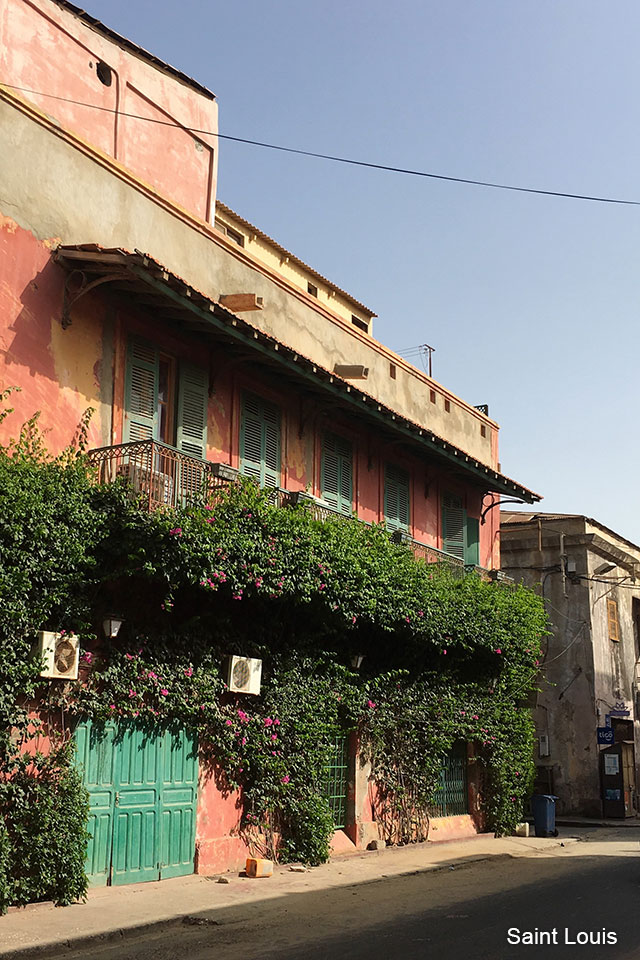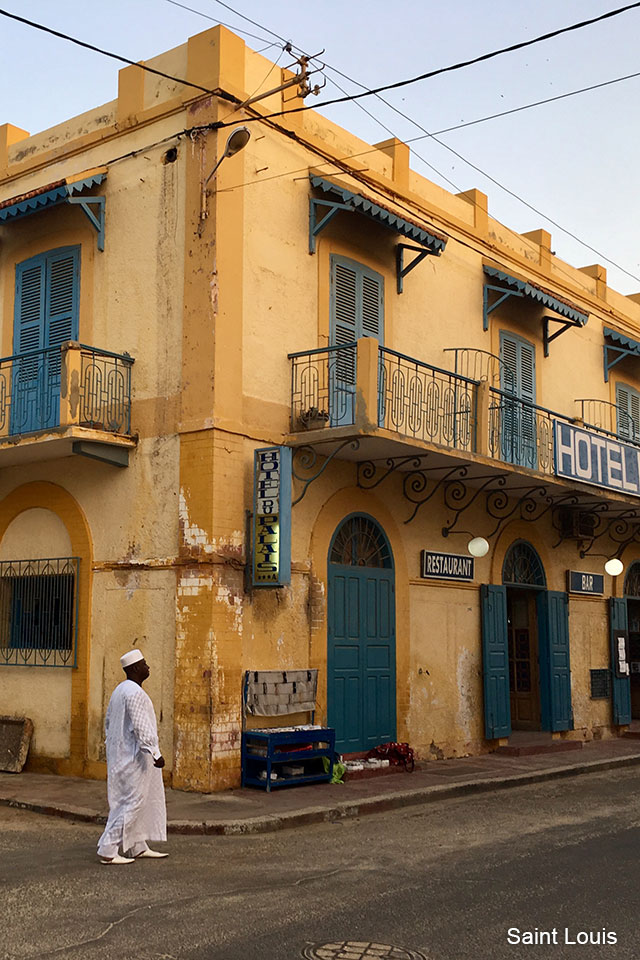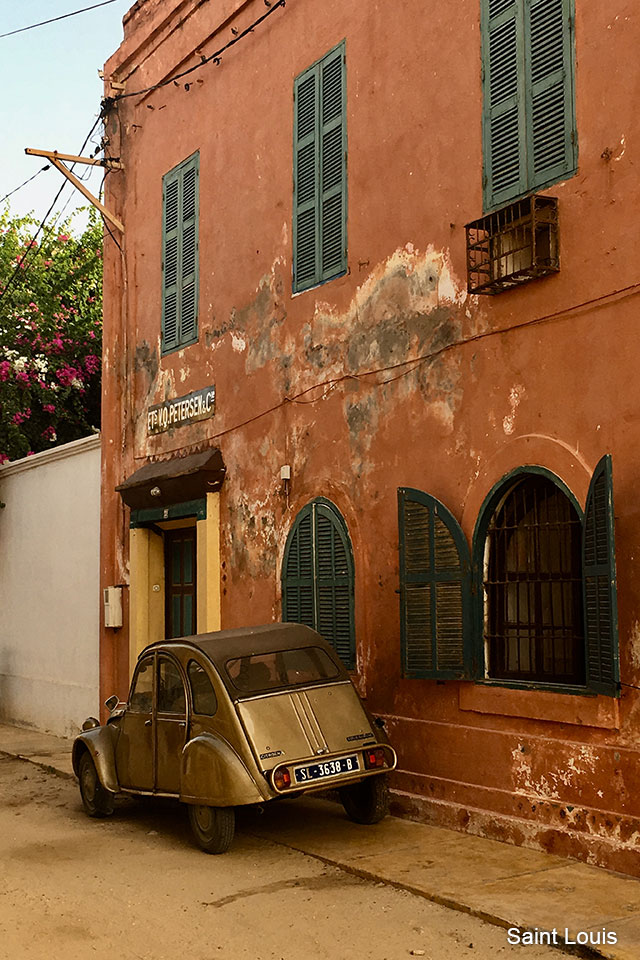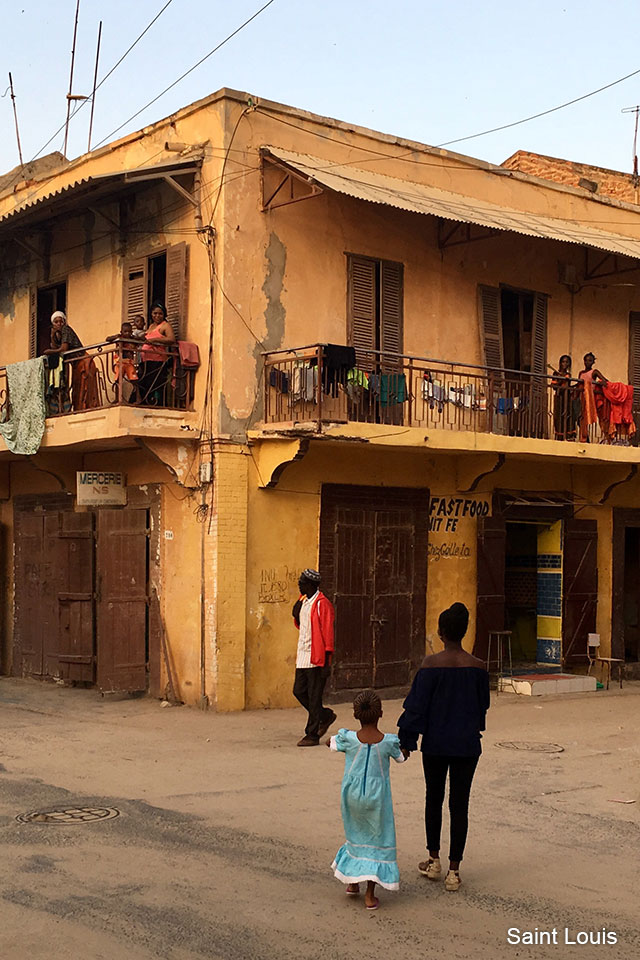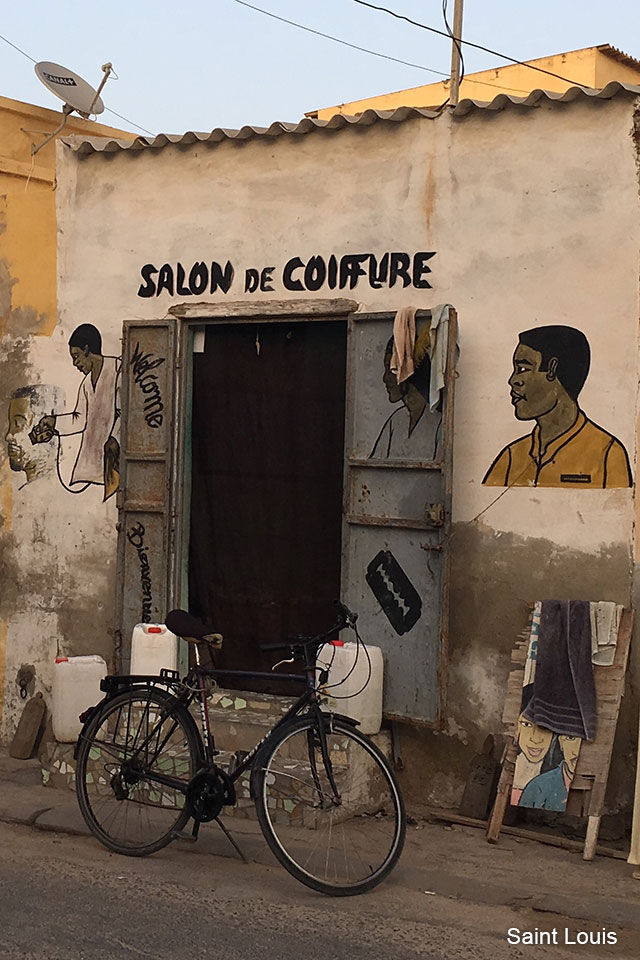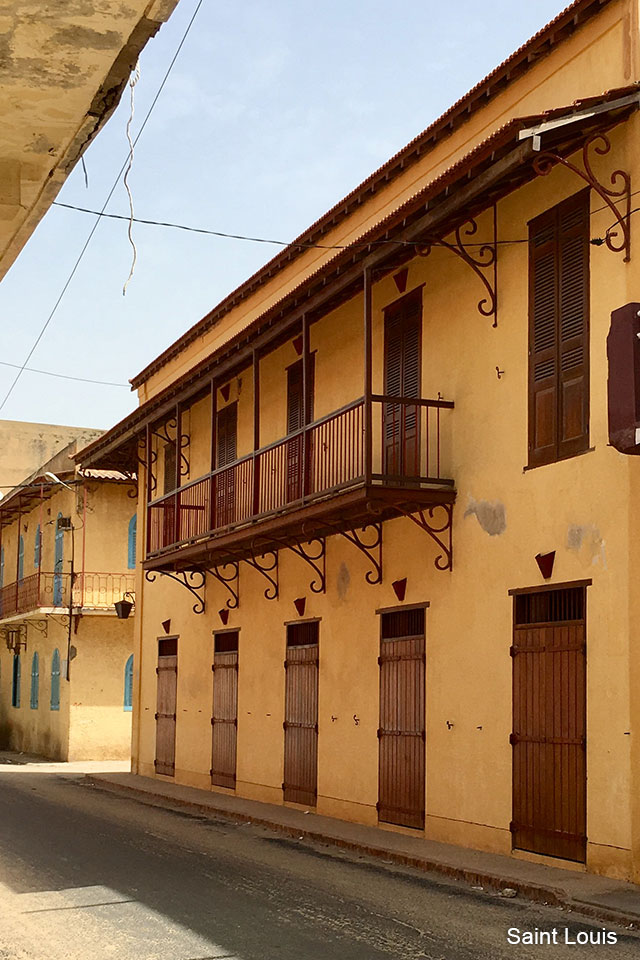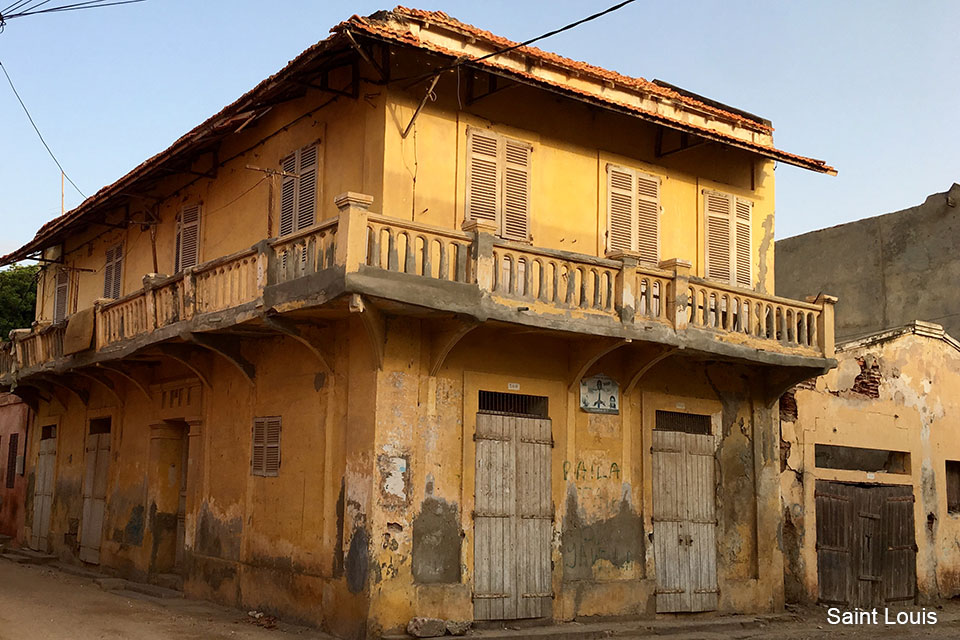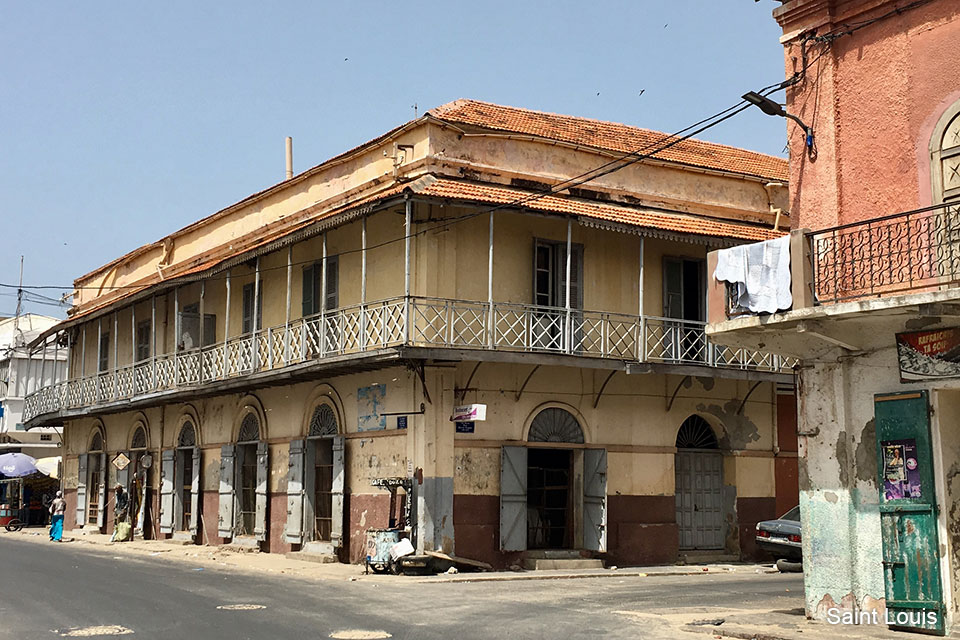
I wondered how was like a “non-tourist” African destination and, taking advantage of some free days between two other places, we stayed some days in Senegal. There is a zone (in the south coast of the country) that is only for beach tourism, with its own airport for charter flights which, of course, we rejected to visit.
We were in Dakar, that is the capital of Senegal and in Saint Louis, that was the capital of the huge colony of French West Africa up to 1900.
Besides that in Senegal some important projects promoted by the government are being made, like the new airport with its express train, a new “model” city with a big convention center, etc., most of the population is very very poor. So much so, that I decided not to take photos in the rural and suburban places that we went through, for not making the people, who hardly have something to survive, feel uncomfortable.
